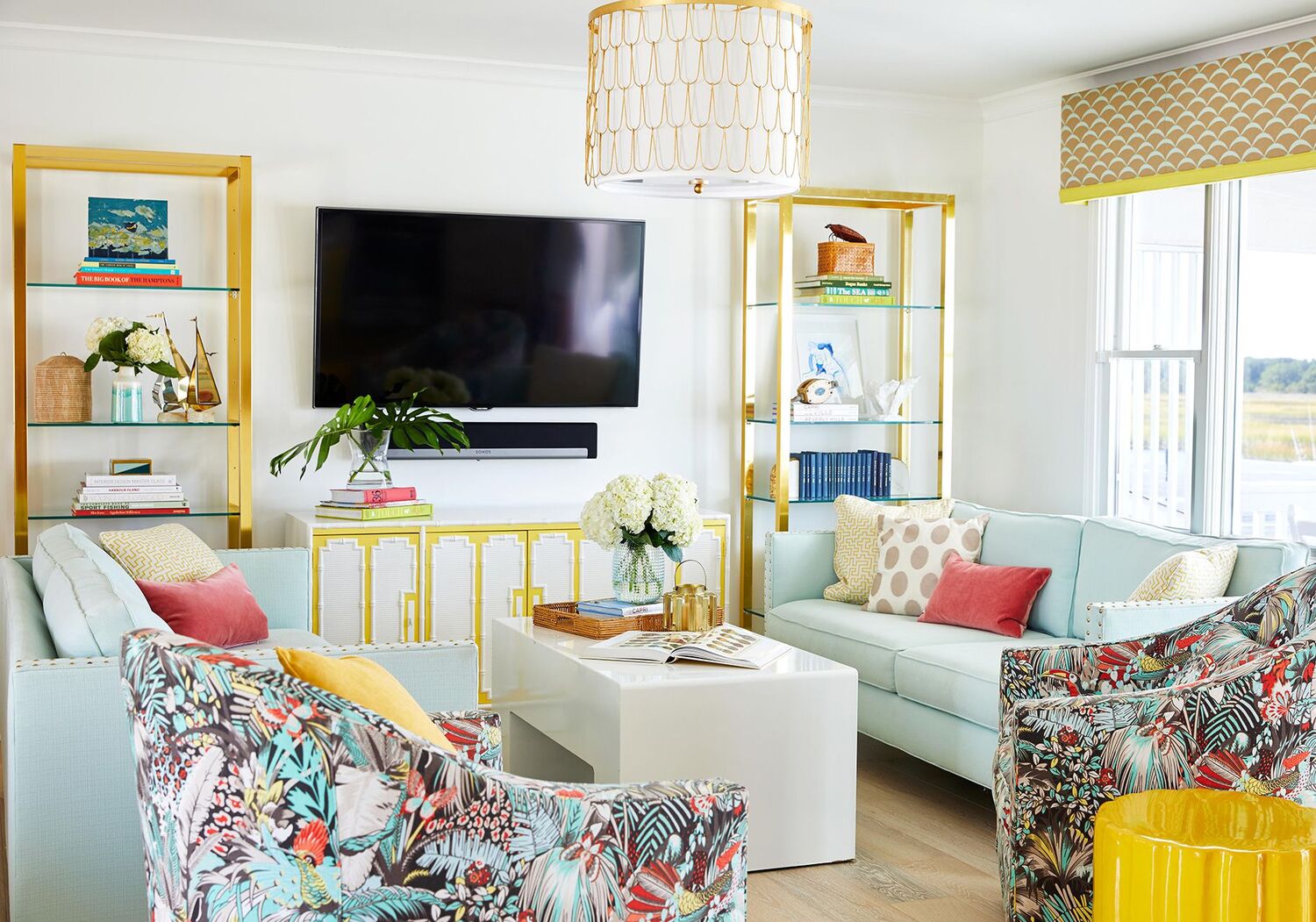

Articles
How To Arrange Living Room With TV
Modified: January 6, 2024
Discover helpful articles on how to arrange your living room with a TV for optimal comfort and functionality. Maximize your space with expert tips and ideas.
(Many of the links in this article redirect to a specific reviewed product. Your purchase of these products through affiliate links helps to generate commission for Storables.com, at no extra cost. Learn more)
Introduction
Arranging a living room with a TV can be both exciting and challenging. The living room is where we gather with family and friends to relax, watch movies, and enjoy our favorite shows. It’s essential to create a comfortable and visually appealing space that allows everyone to enjoy the TV without compromising the overall aesthetic of the room.
In this article, we will explore various tips and tricks to help you arrange your living room with a TV. From furniture placement and TV positioning to seating arrangements and cable management, we will cover all the elements that contribute to a well-organized and stylish space. So, let’s dive in and transform your living room into a cozy entertainment zone!
Key Takeaways:
- Create a balanced and functional living room by considering furniture and TV placement, seating arrangements, lighting, and decor to ensure a comfortable and visually appealing space for enjoying entertainment with family and friends.
- Implement effective cable management and stylish decor to minimize visual distractions and enhance the overall aesthetic of your living room, creating a cozy and inviting atmosphere for TV viewing and relaxation.
Read more: How To Arrange Living Room Furniture With Tv
Furniture Placement
When arranging your living room with a TV, start by considering the layout of your space and the size of your TV. The goal is to create a comfortable and functional arrangement that allows everyone to have a clear view of the screen.
One popular layout option is the “L-shaped” arrangement, where the sofa and other seating options are positioned to form an L-shape around the TV. This layout works well in larger living rooms and creates a cozy and intimate seating area.
For smaller living rooms, a “floating” furniture arrangement can be a great option. This involves placing the TV against a wall and positioning the seating options across from it. This allows for an open and spacious feel while ensuring everyone can comfortably view the screen.
Another consideration is the distance between the TV and the seating area. Aim for a distance of about 8 to 10 feet, depending on the size of your TV. This will provide an optimal viewing experience without straining the eyes.
Additionally, pay attention to the flow of the room and ensure that there is enough space for people to move around comfortably. Avoid overcrowding the space with too much furniture, as it can make the room feel cramped and hinder the overall enjoyment of the TV.
Remember to consider the placement of other furniture pieces such as coffee tables and side tables. These can be positioned strategically to provide convenient surfaces for drinks, snacks, and remote controls.
Overall, the key to furniture placement is to create a balanced and comfortable layout that allows everyone to enjoy the TV while maintaining a sense of functionality and flow in the room.
TV Placement
Deciding on the ideal placement for your TV is crucial in creating a well-arranged living room. Here are some tips to consider:
- Wall Mounting: Wall mounting your TV is a popular choice as it not only saves space but also provides a sleek and modern look. Make sure to use a sturdy and appropriate wall mount that can support the weight of your TV. Consider the height at which you mount the TV to ensure comfortable viewing angles for everyone in the room.
- TV Stand: If wall mounting is not an option, a TV stand is an excellent alternative. Choose a stand that complements the overall style of your living room and provides ample space for any additional electronic devices, such as DVD players or gaming consoles.
- Centerpiece: Make your TV the centerpiece of the room by placing it on a designated media console or an entertainment center. This not only creates a focal point but also offers storage space for media accessories and enhances the overall aesthetic of the room.
- Corner Placement: If your room layout calls for a corner placement, consider using a corner TV stand or wall mount specifically designed for corner positioning. This maximizes the use of space and ensures everyone in the room has a clear view of the screen.
- Hide the TV: If you prefer a more discreet TV placement, consider utilizing a TV cabinet or armoire. These furniture pieces allow you to close the doors and hide the TV when it’s not in use, providing a cleaner and more polished appearance to your living room.
When deciding on the TV placement, keep in mind the viewing angles and make sure there are no major obstructions that could affect the visibility. Additionally, consider the natural lighting in the room and try to position the TV to minimize glare and reflections.
Remember, the goal is to find a TV placement that is both visually appealing and functional, ensuring that everyone in the room can comfortably enjoy their favorite shows and movies.
Seating Arrangement
Creating a comfortable and inviting seating arrangement in your living room is essential for a pleasant TV viewing experience. Here are some tips for arranging your seating:
- Sofa Placement: The sofa is typically the main seating piece in a living room. Position it facing the TV, making sure it is centered for optimal viewing. Leave enough space between the sofa and the TV to allow for comfortable movement and ensure an unobstructed view of the screen.
- Accent Chairs: Consider adding accent chairs to complement the sofa and provide additional seating options. Place them strategically around the room, ensuring that they also have a clear view of the TV. This allows for flexible seating arrangements, especially when hosting guests.
- Ottomans and Poufs: Ottomans and poufs serve a dual purpose—they can be used as footrests for added comfort and can also provide extra seating when needed. These versatile pieces can be placed near the sofa or accent chairs and easily moved around as required.
- Sectional Sofas: If you have a large living room, consider using a sectional sofa. These sofas offer ample seating space and can be arranged in various configurations to suit your preferences. Position the sectional so that everyone has a clear view of the TV and ensure there is a comfortable distance from the screen.
- Floor Seating: For a more casual and relaxed seating arrangement, floor seating options such as floor cushions or bean bags can be a fun addition. These can be placed in front of the TV or around a coffee table to create a cozy and informal vibe.
Remember to consider the comfort of your seating options by choosing sofas and chairs with appropriate cushions and support. Additionally, ensure that there is enough space for everyone to have a clear view of the TV and that the seating arrangement promotes easy conversation and interaction.
By arranging your seating in a thoughtful and comfortable manner, you can create a cozy and inviting atmosphere in your living room for enjoying TV shows, movies, and quality time with family and friends.
When arranging your living room with a TV, consider the viewing distance. The ideal distance is 1.5 to 2.5 times the size of the TV screen. This will ensure a comfortable viewing experience for everyone in the room.
Lighting
The right lighting can greatly enhance the ambiance of your living room while ensuring optimal viewing conditions for your TV. Here are some tips for effective lighting in a living room with a TV:
- Natural Light: Utilize natural light to create a bright and airy atmosphere in your living room. Position your TV in a way that avoids direct sunlight or reflections, as they can cause glare and make it difficult to see the screen. Consider using curtains or blinds to control the amount of natural light entering the room.
- Ambient Lighting: Install ambient lighting fixtures such as overhead lights or recessed lighting to provide overall illumination in the room. Use dimmer switches to adjust the brightness according to your needs and preferences. This allows you to create the perfect balance between a well-lit room and a cozy atmosphere when watching TV.
- Task Lighting: Place task lighting, such as table lamps or floor lamps, near seating areas to provide focused light for reading or other activities. This not only enhances functionality but also adds a warm and inviting element to the room.
- Accent Lighting: Consider incorporating accent lighting to highlight specific areas or objects in your living room. Use wall sconces or picture lights to showcase artwork or decorative elements near the TV. This adds visual interest and creates a layered lighting effect in the room.
- Backlighting: For an added touch of sophistication and ambiance, consider adding backlighting behind the TV or on the shelving units surrounding it. This soft and indirect lighting can create a visually appealing halo effect and prevent eye strain when watching TV in a dark room.
Remember to experiment with different lighting combinations to find the perfect balance that suits your living room’s style and your personal preferences. Whether you prefer bright and well-lit spaces or a more atmospheric and cozy environment, the right lighting can make a significant difference in your TV viewing experience.
Lastly, consider using smart lighting options that allow you to control the brightness and color temperature of your lights with ease. This can enhance the overall ambiance while adding convenience and flexibility to your living room setup.
Cable Management
Keeping cables organized and hidden is essential for maintaining a clean and clutter-free living room with a TV. Here are some tips for effective cable management:
- Wireless Options: Consider using wireless technology whenever possible to reduce the number of visible cables. Wireless speakers, streaming devices, and gaming consoles can eliminate the need for cords and cables, providing a sleek and minimalistic look.
- Cable Concealers: Use cable concealer kits or raceway systems to hide cables along the walls or baseboards. These plastic or metal channels can be easily installed and painted to match the color of your walls, seamlessly blending into the room’s decor.
- Cable Ties and Clips: Use cable ties or clips to bundle and secure cables together. This helps to minimize tangled cords and keeps them neatly organized. You can also use adhesive-backed cable clips to attach cables to the back of furniture or walls, keeping them out of sight.
- Power Strips and Surge Protectors: Use power strips and surge protectors to consolidate multiple cables into one central location. This not only helps to manage cables but also provides protection for your electronic devices. Choose power strips with built-in cable management features to keep cords organized.
- Entertainment Centers or TV Stands with Cable Management: Look for entertainment centers or TV stands that have built-in cable management features. These can include cable routing holes, shelves with cable management systems, or compartments specifically designed to hide and organize cables.
Additionally, consider rearranging furniture and accessories to strategically conceal cables. Position larger items such as bookshelves, plants, or decorative screens in front of cable-cluttered areas to create a visually pleasing and organized space.
Remember to leave some extra length in cables when connecting devices to allow for flexibility and future adjustments. Labeling cables can also be helpful when troubleshooting or making changes in your setup.
By implementing these cable management techniques, you can minimize the visual distraction of cables and create a clean and streamlined look for your living room with a TV.
Decor and Styling
When arranging your living room with a TV, it’s important to pay attention to the decor and styling to create a cohesive and visually appealing space. Here are some tips to enhance the overall aesthetic:
- Choose a Theme: Decide on a theme or style that suits your taste and complements the rest of your home decor. Whether it’s modern, rustic, minimalist, or eclectic, let the theme guide your choice of furniture, colors, and accessories.
- Balance and Symmetry: Create balance and symmetry in your living room by arranging furniture and decor items in a visually pleasing way. Place matching or complementary pieces on either side of the TV for a harmonious look. Consider using rugs and coffee tables to anchor the seating area and provide a sense of balance.
- Color Palette: Choose a color palette that reflects your personal style and creates a cozy and inviting atmosphere. If you want the TV to blend in, consider painting the wall behind it a darker or contrasting color to make it less prominent. Use accent colors in your decor to tie the room together and add visual interest.
- Artwork and Decor: Incorporate artwork and decorative elements around the TV to add personality and style to the space. Hang artwork on the walls or display decorative objects on shelves or console tables. Make sure the scale and proportion of the items are suitable for the size of the TV and the surrounding furniture.
- Storage Solutions: Incorporate stylish storage solutions to keep your living room organized and clutter-free. Use bookcases, baskets, or ottomans with hidden storage to keep things like DVDs, remote controls, and gaming accessories neatly tucked away.
Consider adding plants or fresh flowers to bring life and freshness to the space. They not only add a touch of nature but also help purify the air and create a more inviting atmosphere.
Lastly, pay attention to the small details. Add throw pillows, blankets, curtains, and rugs that complement your chosen theme and color palette. These little touches can make a significant difference in the overall look and feel of the room.
Remember, while the TV is the focal point, creating a well-styled and visually appealing living room involves considering the overall decor and styling to create a space that is not only functional but also reflects your personal taste and style.
Conclusion
Arranging a living room with a TV requires careful consideration of furniture placement, TV positioning, seating arrangements, lighting, cable management, and decor. By following the tips and guidelines provided in this article, you can create a well-organized, comfortable, and visually appealing space that allows everyone to enjoy their favorite shows and movies.
Start by determining the layout of your living room and choosing the ideal furniture placement. Consider the size and position of your TV to ensure that it is easily visible from all seating areas. Create a comfortable seating arrangement that promotes easy conversation and interaction while providing a clear view of the screen.
Pay attention to the lighting in the room, utilizing natural light and incorporating ambient, task, and accent lighting to create the desired atmosphere. Effective cable management will keep your living room looking tidy and free from tangled cords and wires.
Enhance the aesthetic appeal of your living room by choosing a theme or style that suits your taste and complements your home decor. Create balance and symmetry with your furniture placement and choose a color palette that sets the desired mood. Add artwork, decorative elements, and storage solutions to personalize the space.
In conclusion, arranging a living room with a TV is a creative process that requires attention to detail and consideration of multiple factors. By implementing the tips and suggestions mentioned in this article, you can create a functional, stylish, and enjoyable space for you, your family, and your guests to relax and enjoy quality entertainment together.
Frequently Asked Questions about How To Arrange Living Room With TV
Was this page helpful?
At Storables.com, we guarantee accurate and reliable information. Our content, validated by Expert Board Contributors, is crafted following stringent Editorial Policies. We're committed to providing you with well-researched, expert-backed insights for all your informational needs.
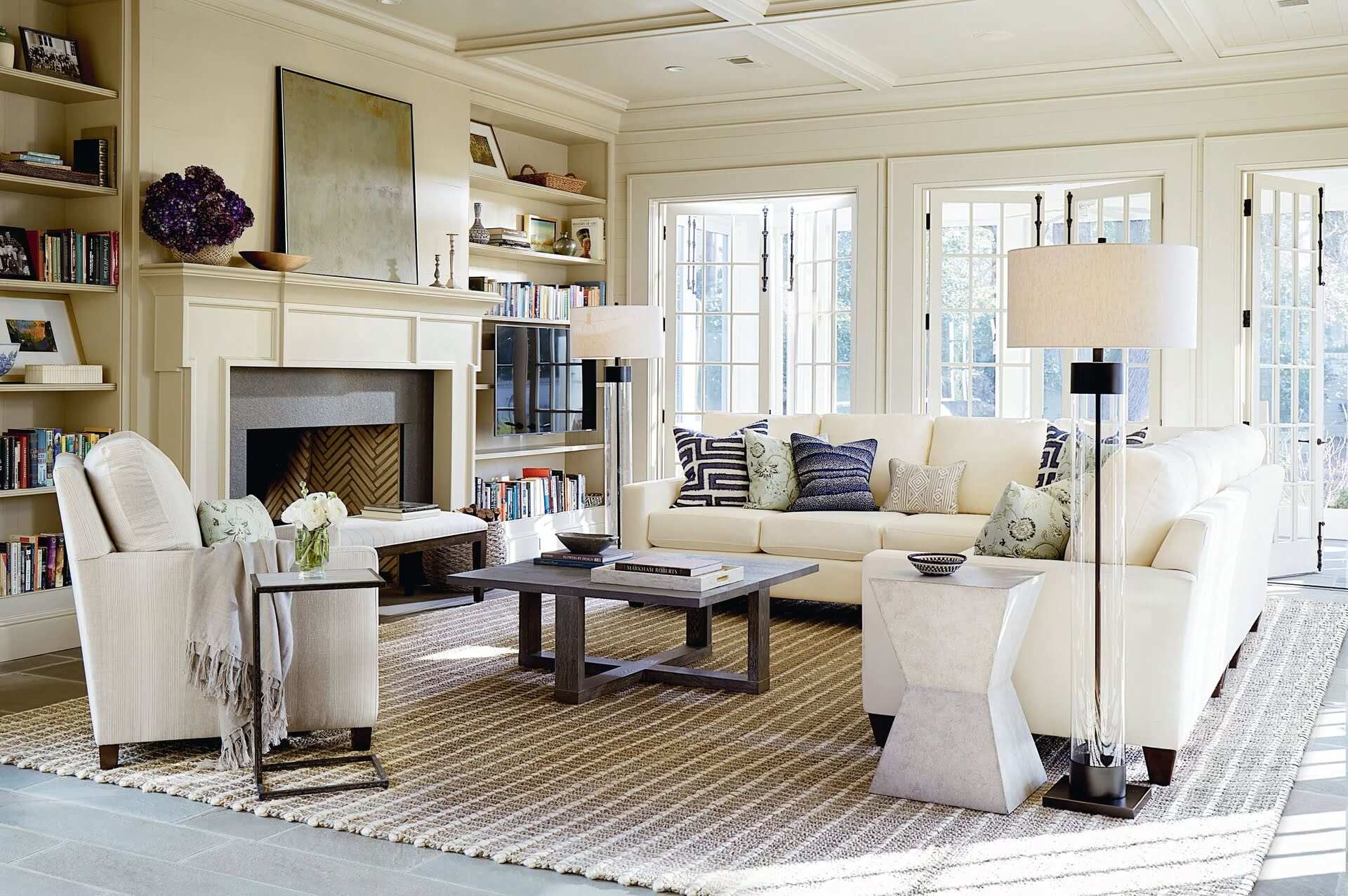
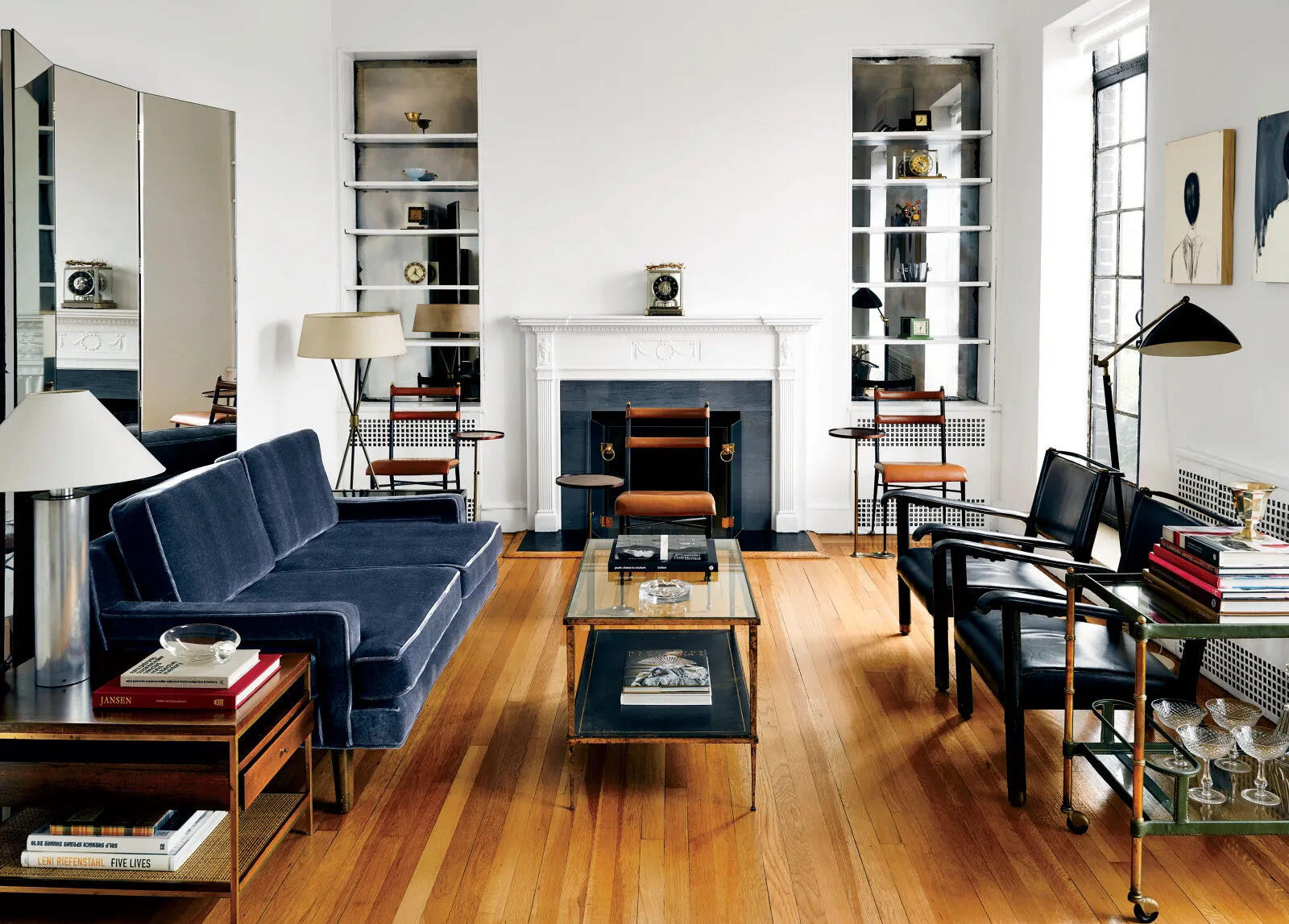
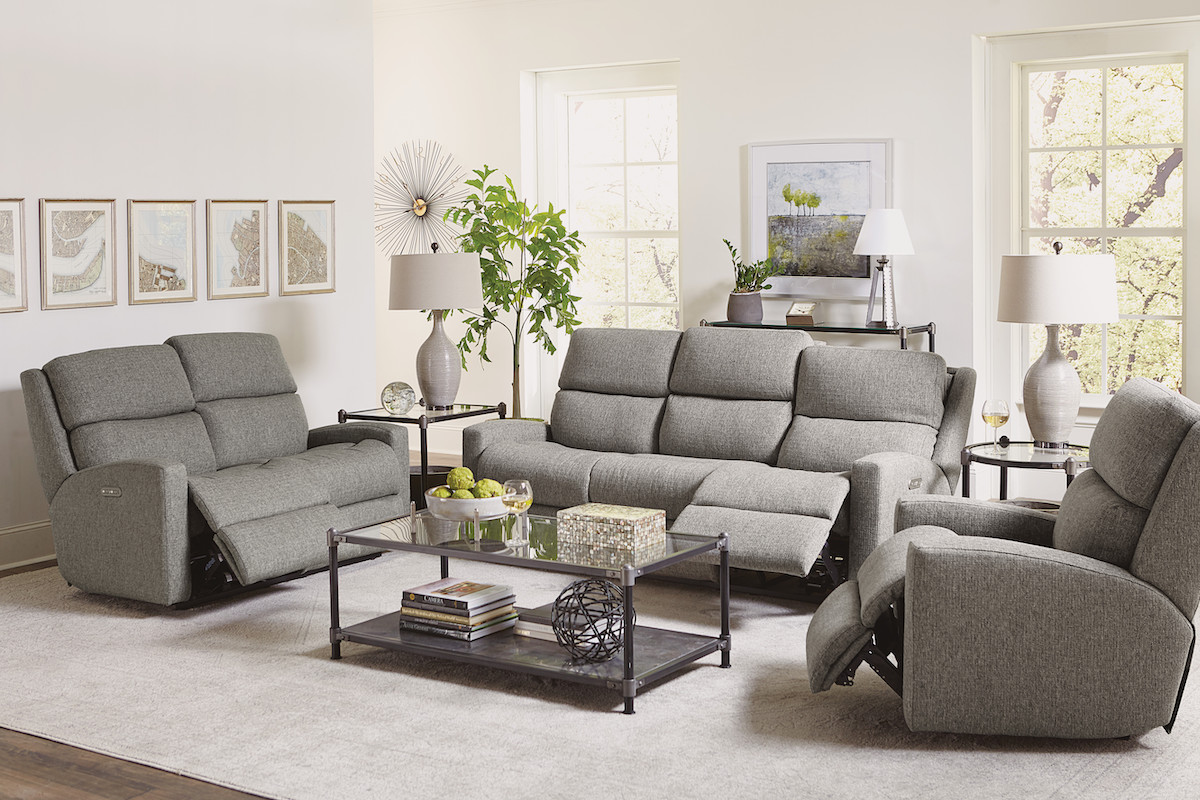
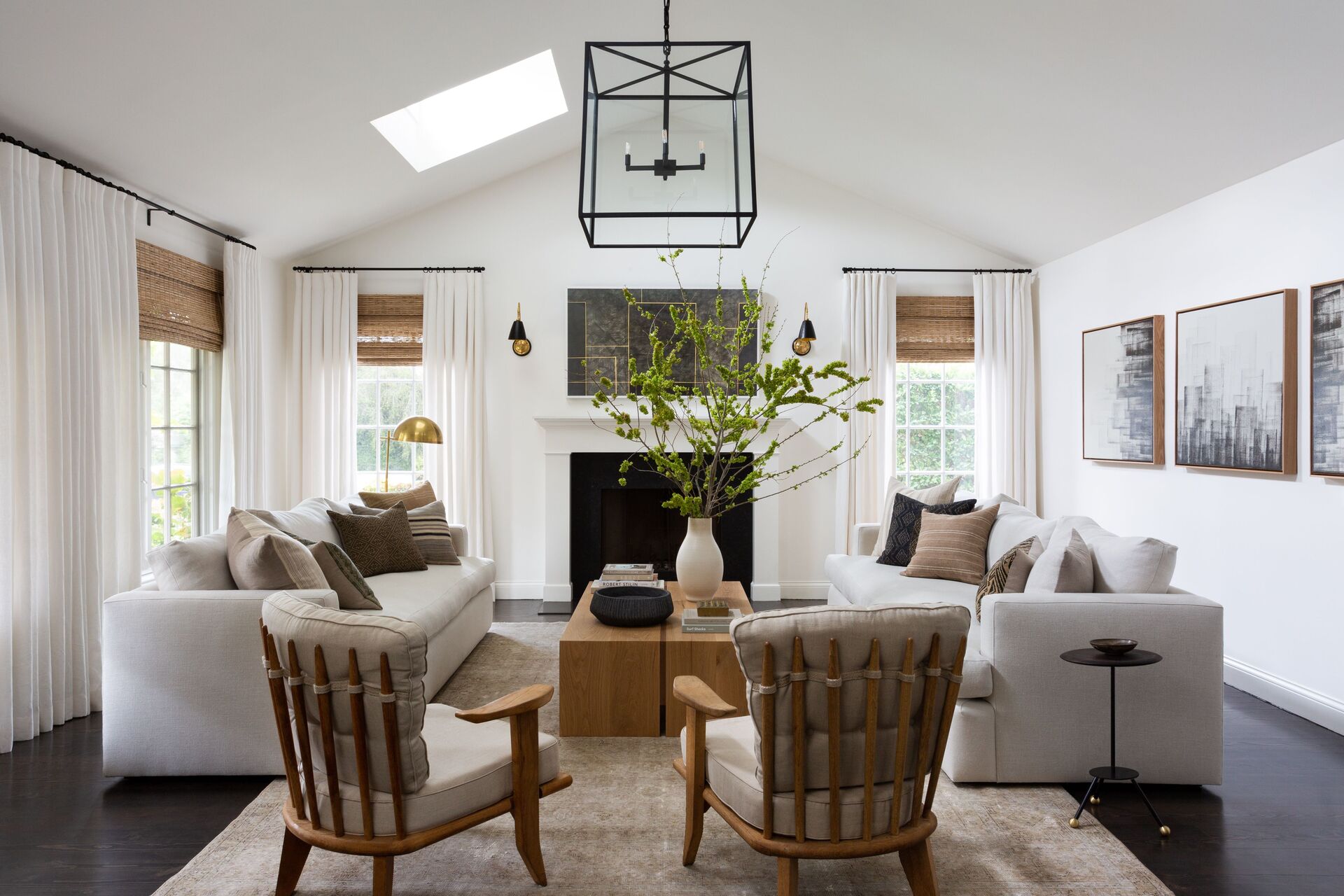
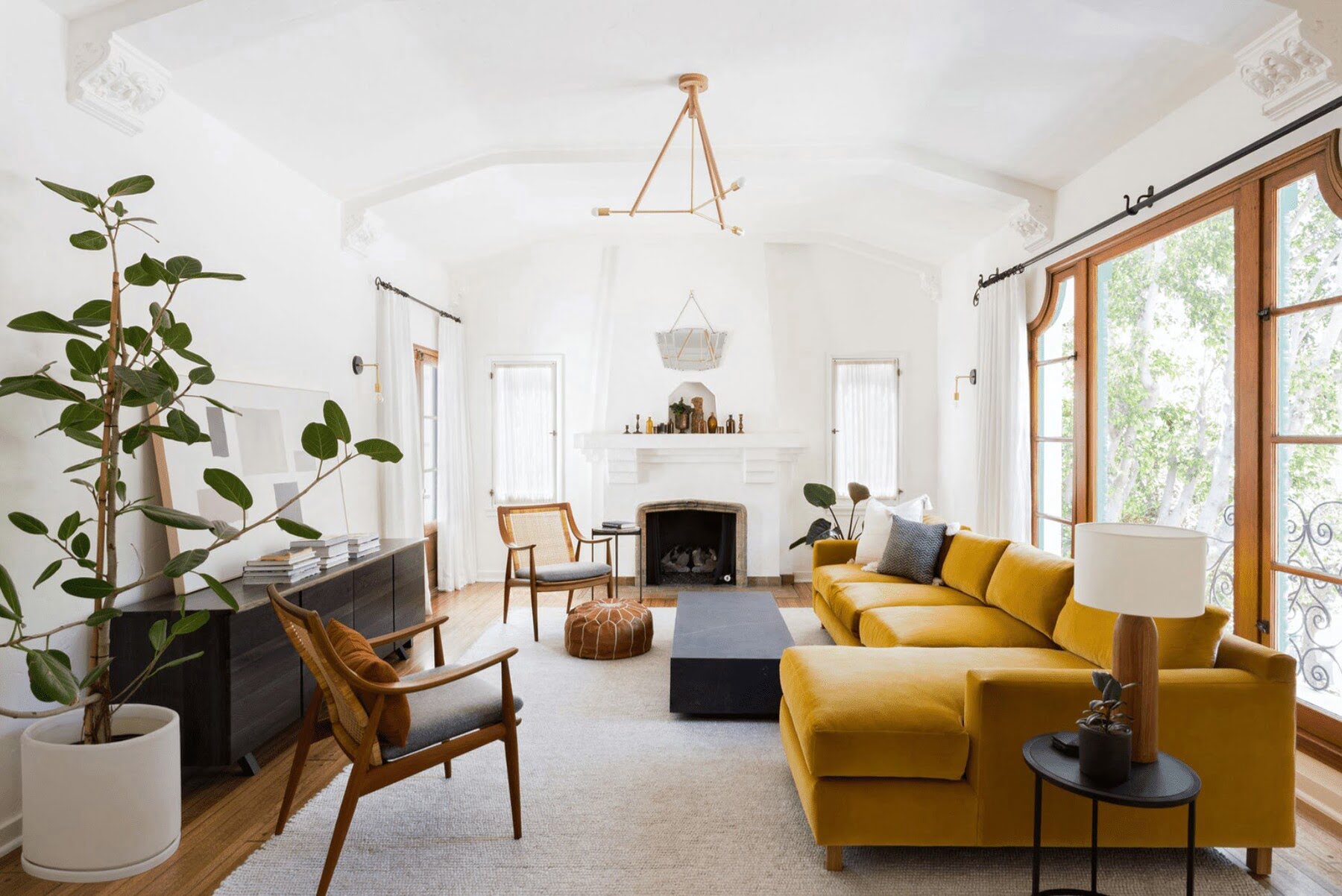
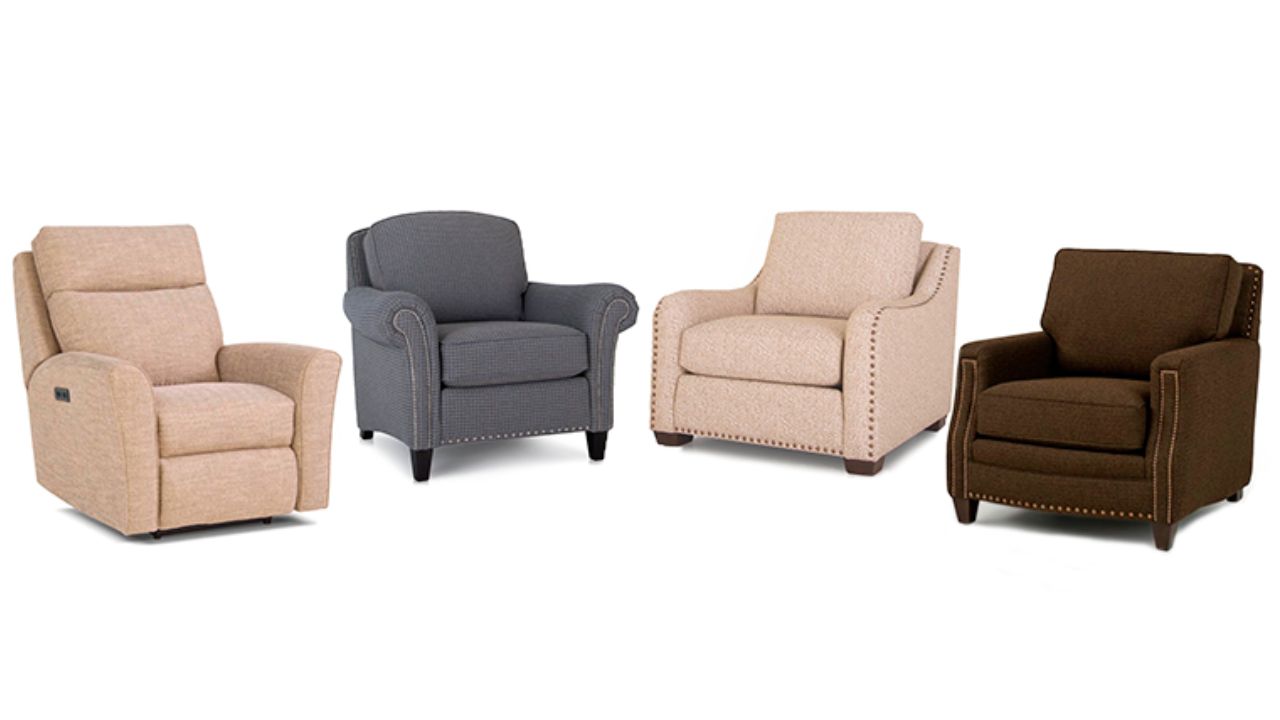
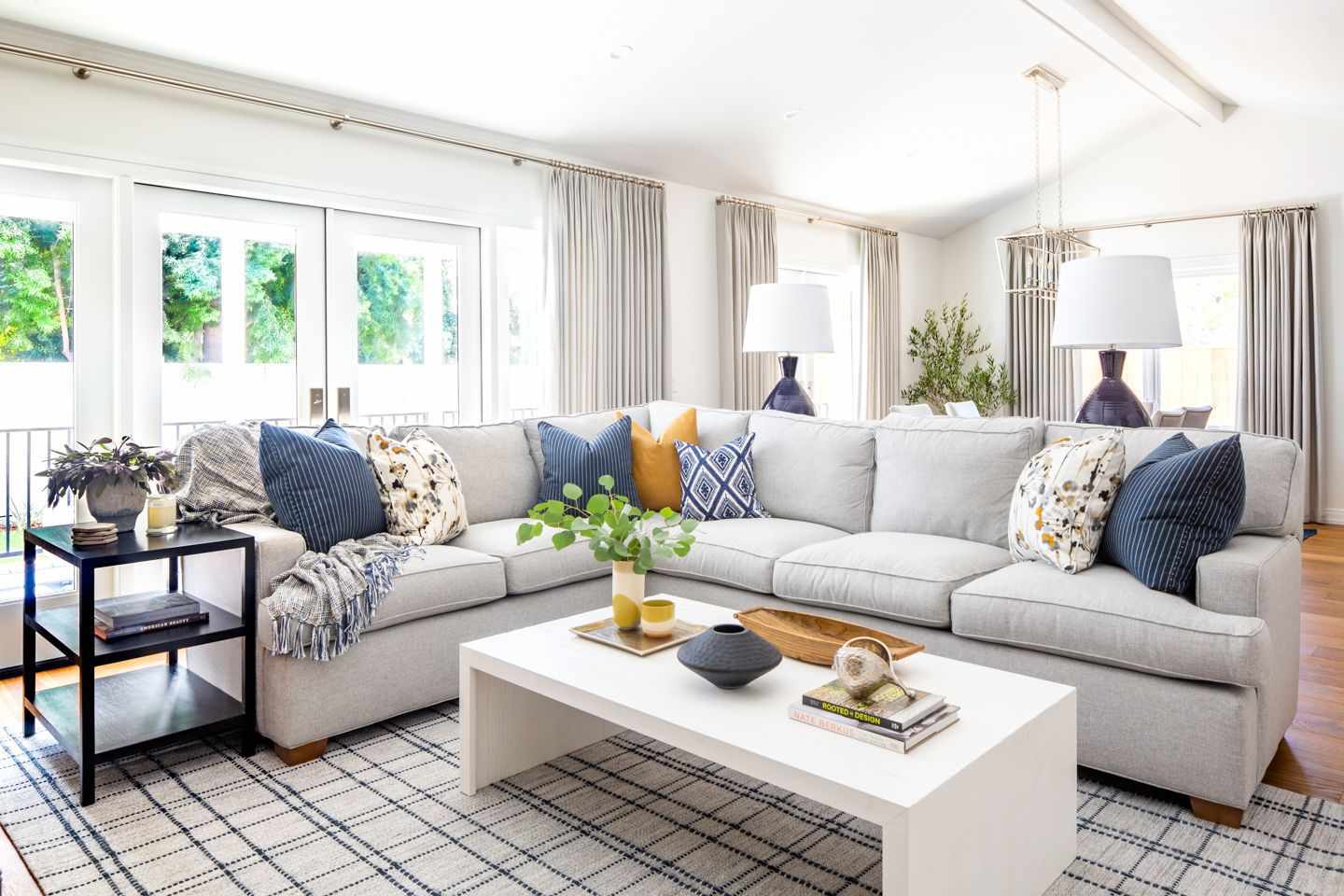
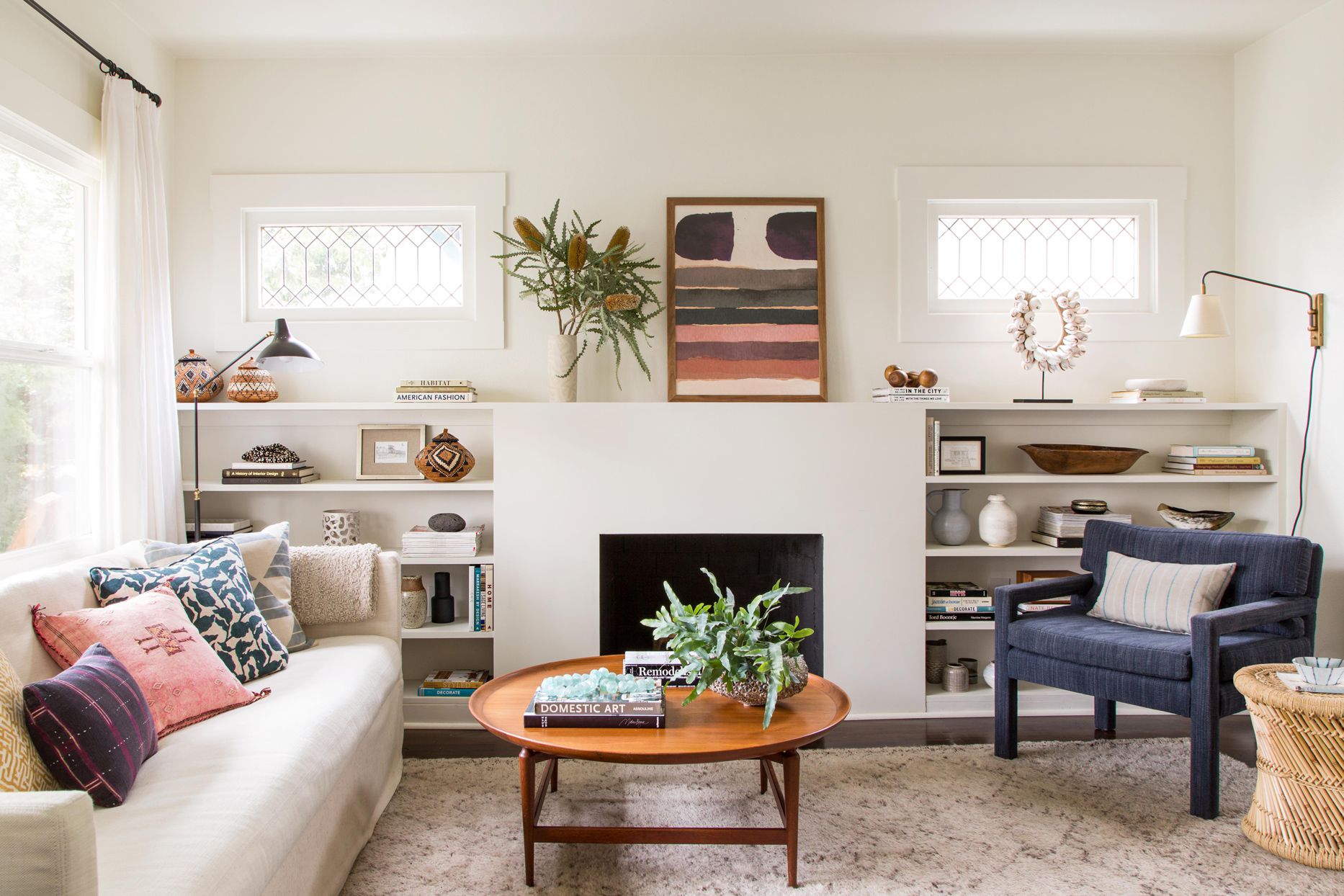
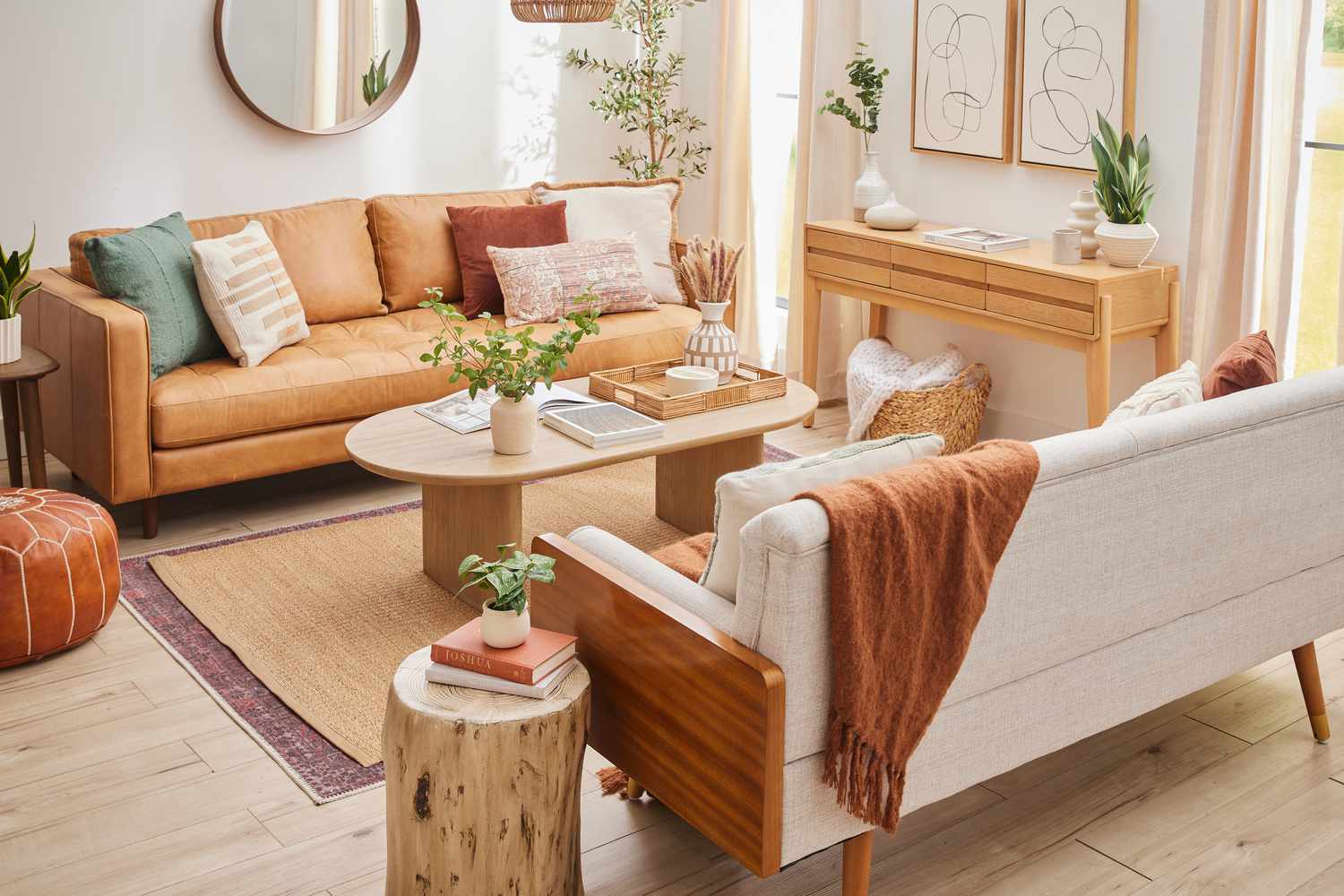
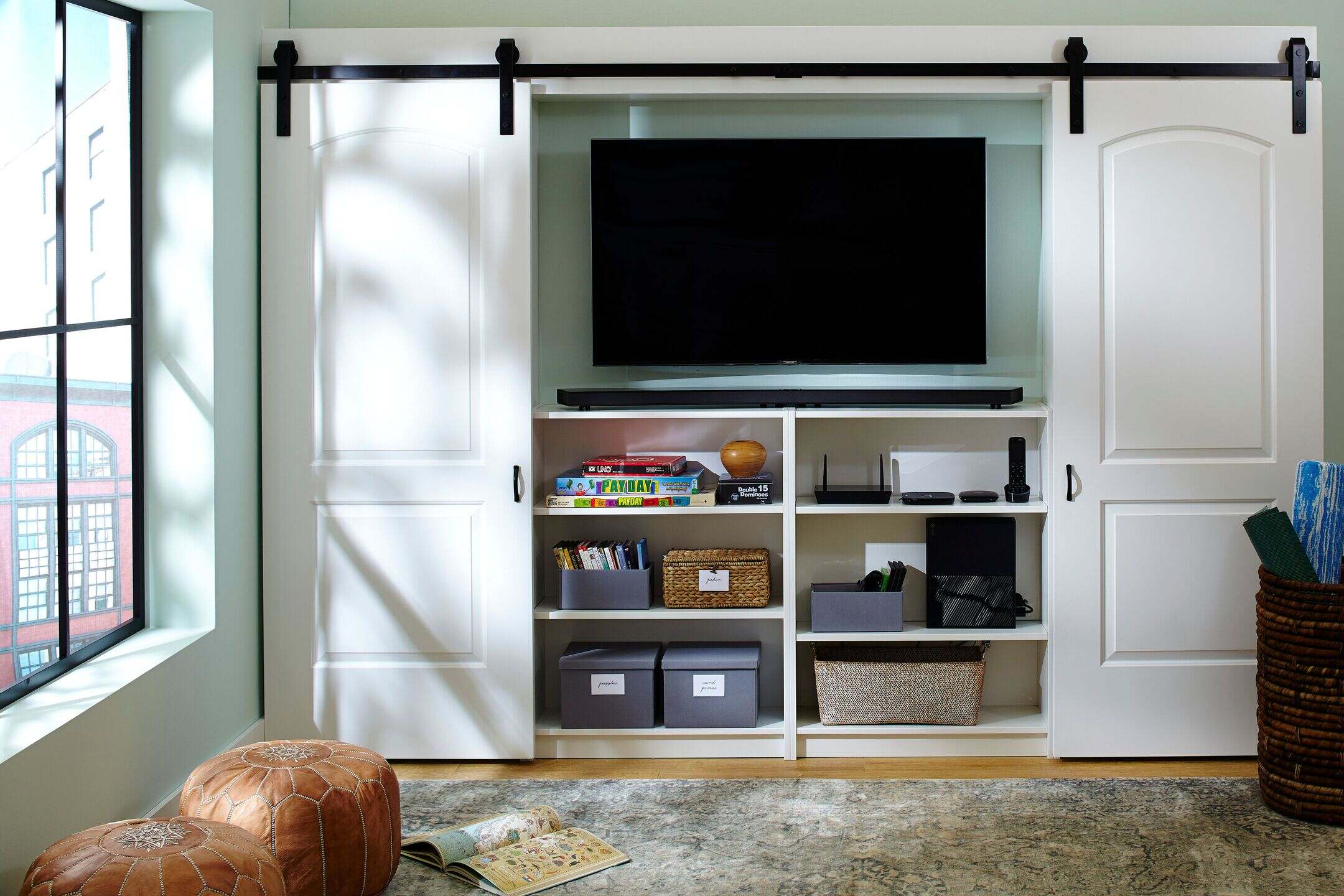
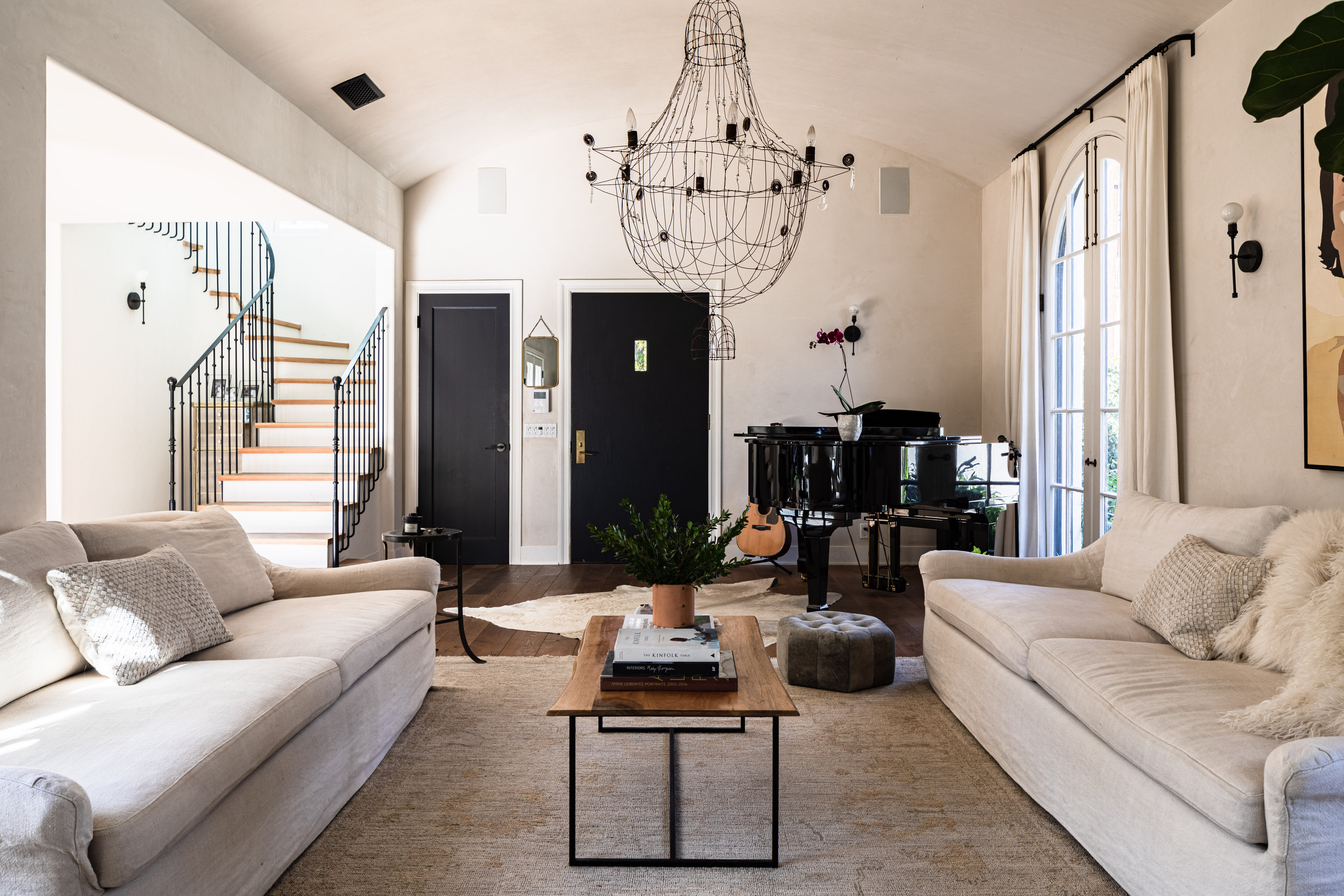
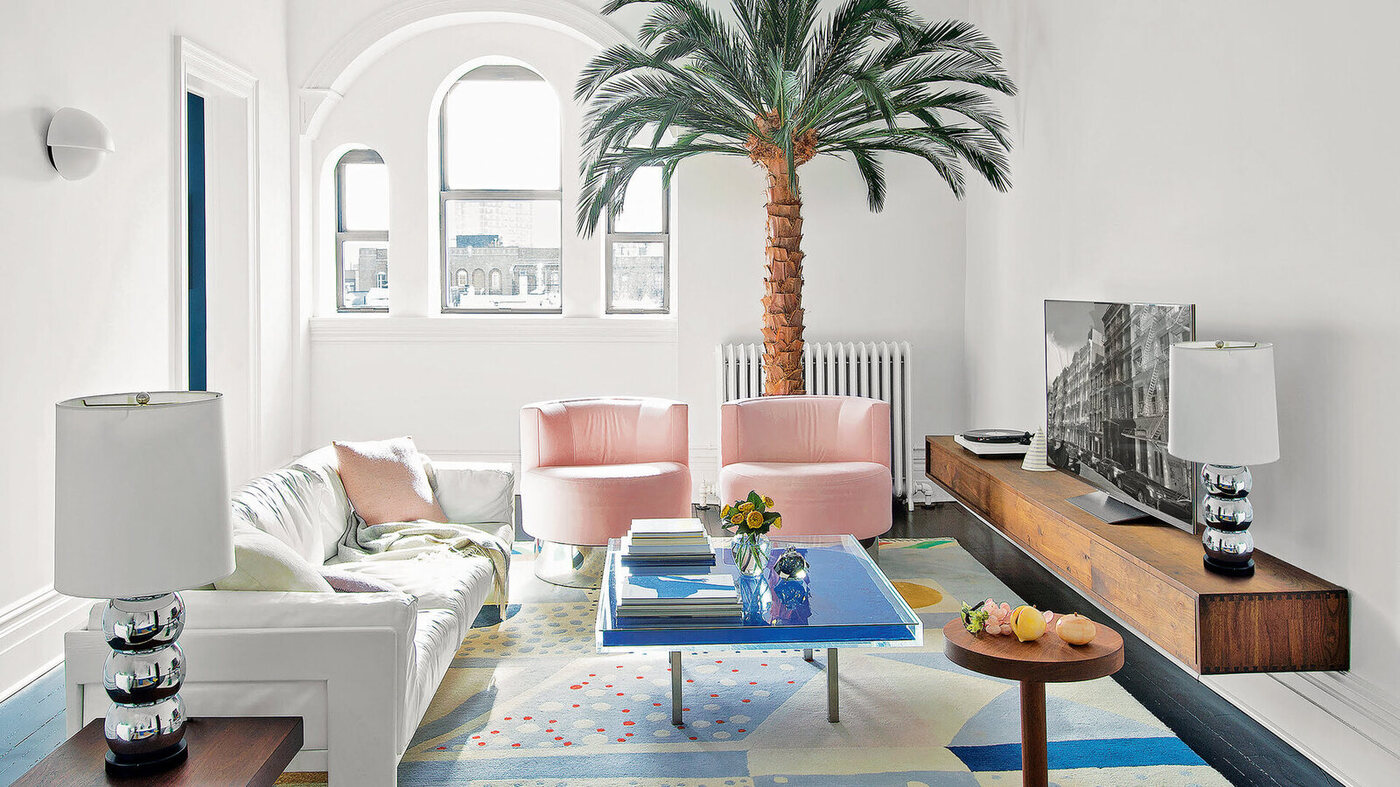
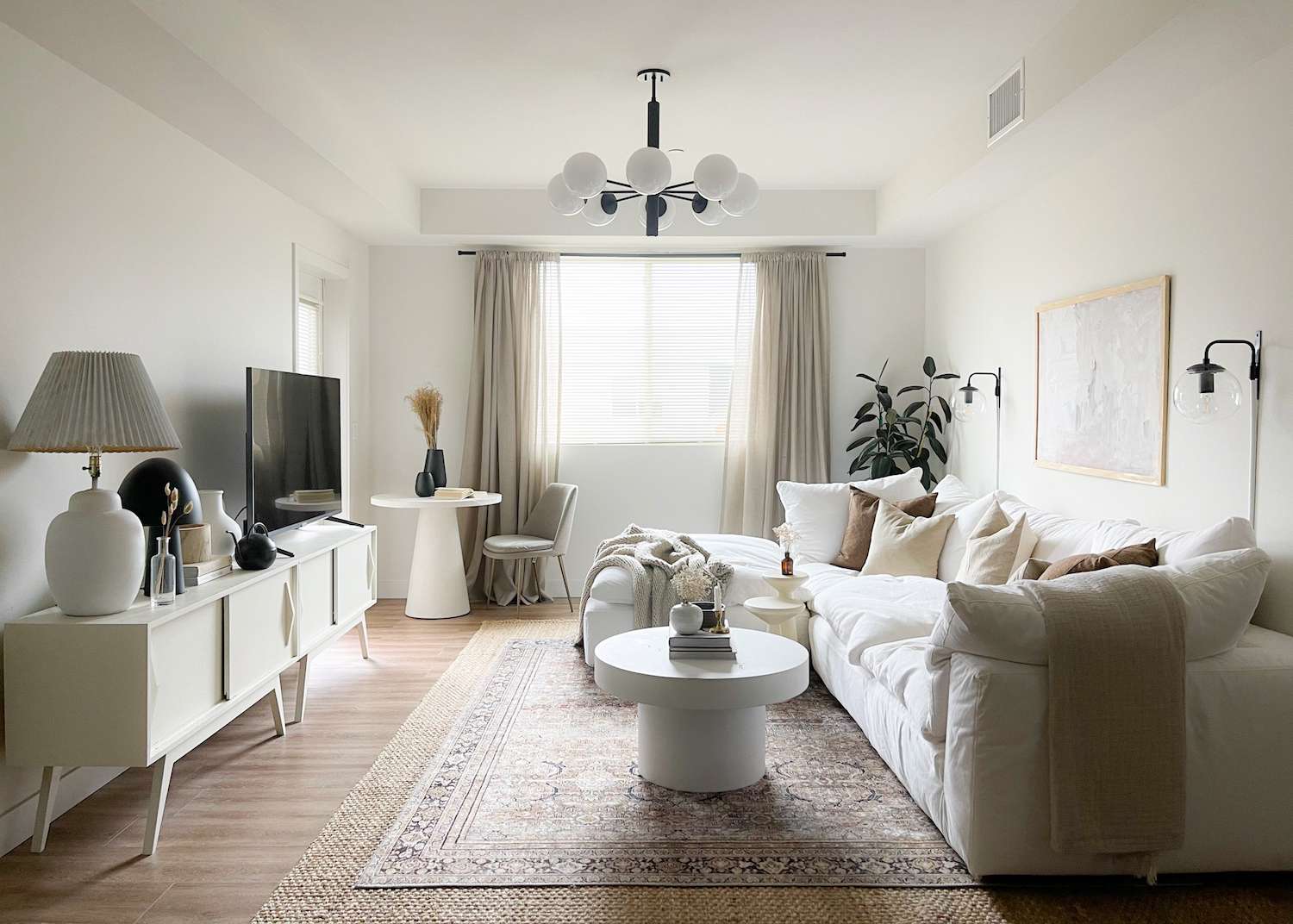
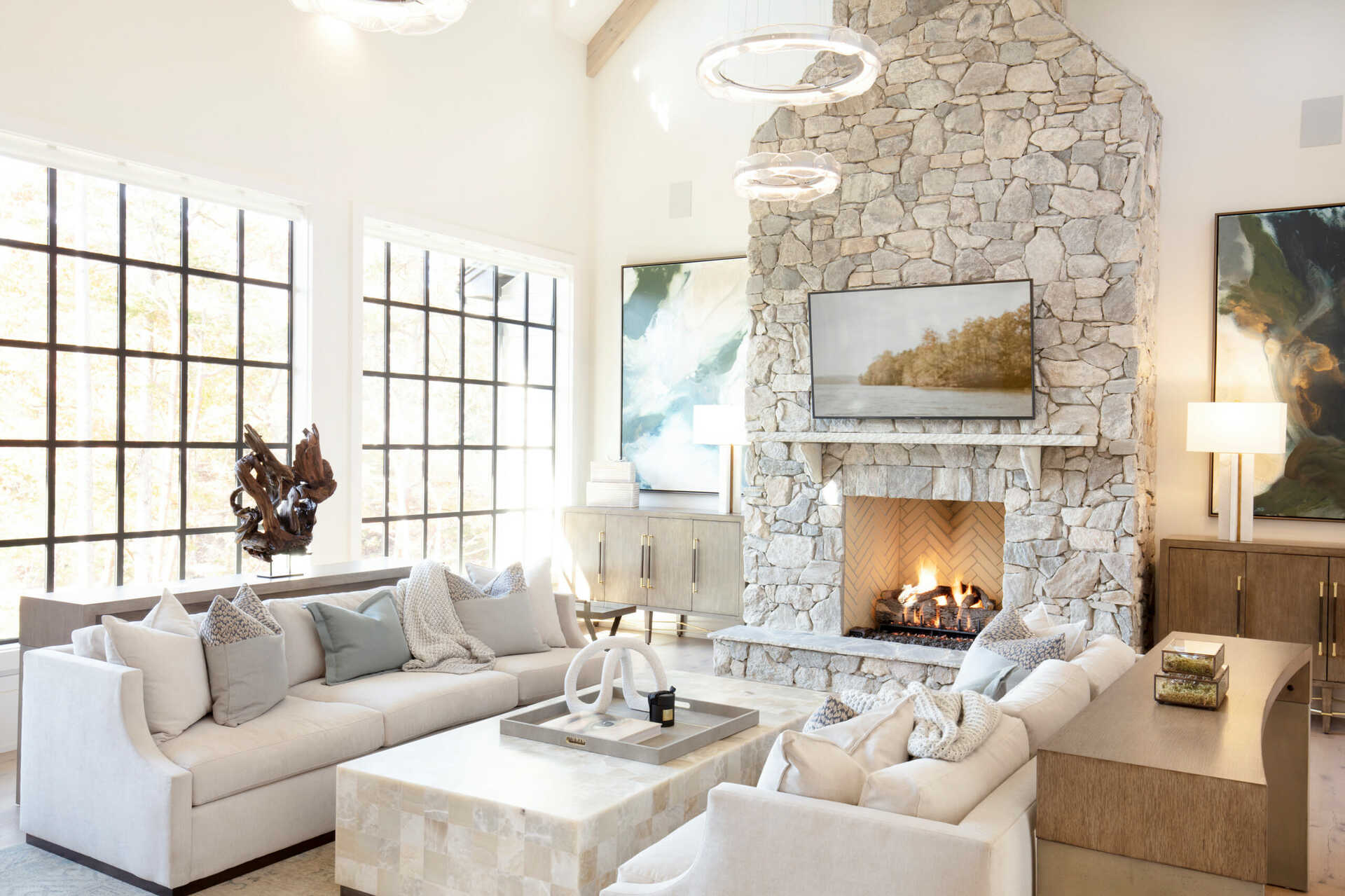

0 thoughts on “How To Arrange Living Room With TV”